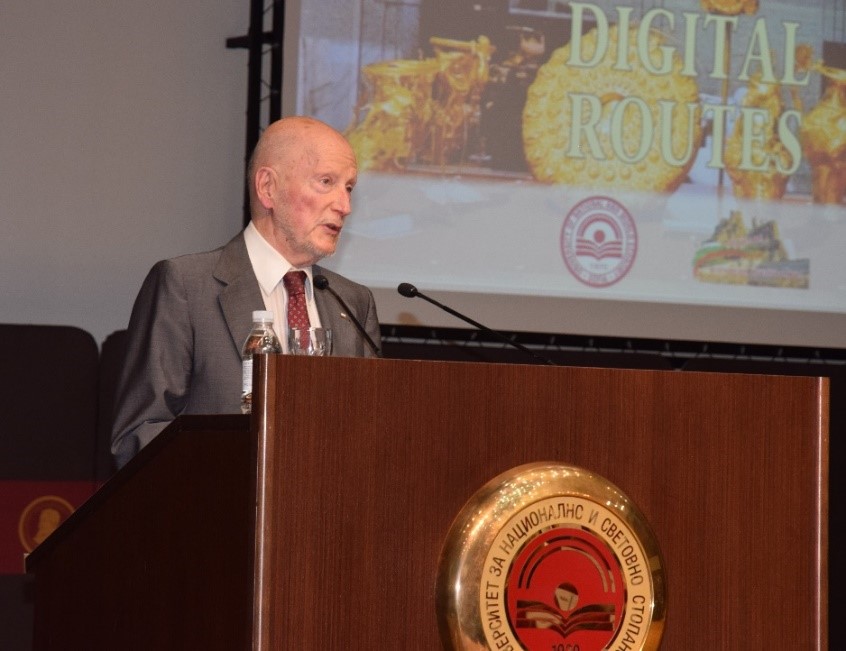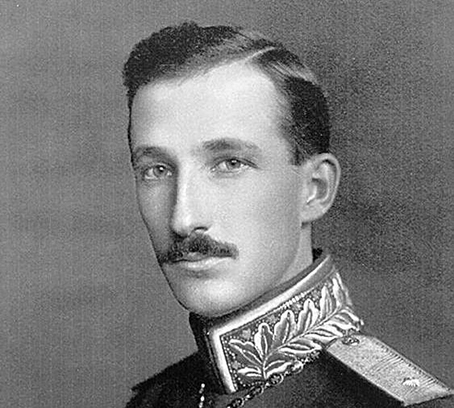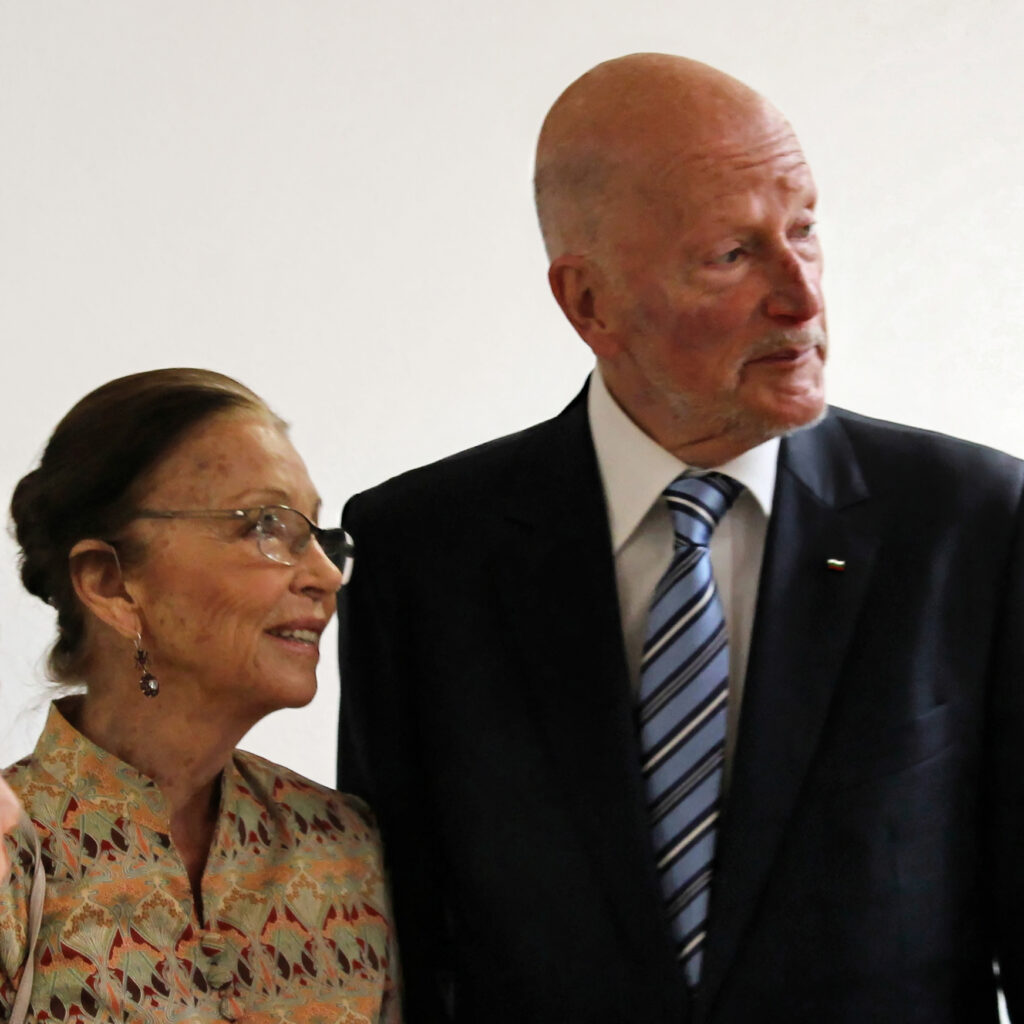
Until 1946, Bulgaria was formally known as the Kingdom of Bulgaria because it had a monarch. What happened to the Bulgarian’s monarchy is an interesting story of global politics and the effects of war.
As the timing would indicate, the catalyst for the change was World War II. Though Bulgaria initially declared neutrality, Tsar Boris III, the last reigning Tsar in Bulgaria, appointed a government under Bogdan Filov. According to Britannica, Filov was a “notorious Germanophile”, and his government steadily moved Bulgaria toward the German side.
With this new government, the desire for territorial expansion, and the expectation of a German victory, Tsar Boris officially aligned Bulgaria with the Axis Powers on 1 March 1941. Due to this alliance, Germany used Bulgaria as a base to attack targets like Greece and Yugoslavia, which were countries Bulgaria was interested in expanding to as well. Also, because of this alliance, Bulgaria was allowed to occupy Greece Thrace, Yugoslav Macedonia, and part of Serbia. While Bulgaria did declare war on the United States and Japan, they avoided declaring war on the Soviet Union. The fear was it wouldn’t be popular in a country so close geographically and culturally to the Soviet Union.

The alliance had troubles pretty much from the start. Germany pushed Bulgaria to enact anti-Semitic legislation. This did not go over well in Bulgaria. Massive protests resulted in the laws never taking effect. Germany later pressured Bulgaria to secretly deport Bulgarian Jews to concentration camps. However, pressure from the Bulgarian National Assembly resulted in the cancellations of this effort as well. All of this was a point of frustration and contention in the Bulgarian-German alliance. Further exacerbating the tensions was the German attack on the Soviet Union. This was entirely against Bulgaria’s interests and angered many in the country.
In the midst of this tension, Tsar Boris died on 28 August 1943. Not long before, he’d had a testy encounter with Hitler in Germany. Tsar Boris’s heir, Simeon II, was just six-years-old and unable to assume regency. Therefore, Bogdan Filov established a regency that was still loyal to Germany. This change in fate for the Bulgaria-German alliance has led many to speculate that Tsar Boris didn’t die of a heart attack but was poisoned.
Unrest continued for more than a year. During that time, three different Bulgarian governments tried to stabilise matters unsuccessfully. Finally, with a government prepared to break with Germany, war was declared on Bulgaria by the Soviet Union, and the Red Army was able to enter the country unopposed. The Soviet Union then established communist rule in Bulgaria.
The result of this new government was a referendum on the monarchy, which was held on 15 September 1946 and resulted in the abolition of the monarchy in favour of a republic. Some Bulgarians and historians question the legitimacy of this vote as the results were a staggering 95.6% in favour of the abolition of the monarchy. Nonetheless, the next day the Bulgarian Royal Family was exiled. They were allowed safe passage and the ability to take significant assets with them.
Eventually, they ended up in Spain, where they were granted asylum. The young heir, Prince Simeon, who was nine when his family was exiled, settled in Spain, married a Spanish aristocrat and had five children. He did not visit Bulgaria and stayed in Spain throughout the Cold War, though his children all have Bulgarian names.
When communism fell in 1990, the former Prince Simeon was issued a new Bulgarian passport. He returned to Bulgaria in 1996, 50 years after his exile began. During this visit, he was met in many places by large crowds. He declined to do anything political or controversial during that visit. It was a different story in 2001.
During his return at that time, he formed a new political party, the National Movement Simeon II, which was later changed to NMSP. In the 2001 elections, NMSP won a decisive victory, and Simeon was made Prime Minister. He held this title until 2005.

Simeon has studiously avoided sharing his thoughts on the restoration of the Bulgarian monarchy and avoiding using his title significantly. The views on his title aren’t consistent in Bulgaria. He is officially Simeon Saxe-Coburg-Gotha. However, the official policy of the Bulgarian church is to refer to him as Tsar of Bulgaria, and some media outlets use his title as well.
There have been legal and political battles over titles and property. As we reported, this past summer, on 29 July, the Sofia Court of Appeals officially ruled that Simeon and his family were allowed to live in Vrana Palace.
While in the early 2000s the idea of the restoration of the monarchy had widespread popularity, the political work of Simeon has resulted in a far more mixed view on the matter. As a result, it is unlikely that the monarchy will be restored anytime soon.

